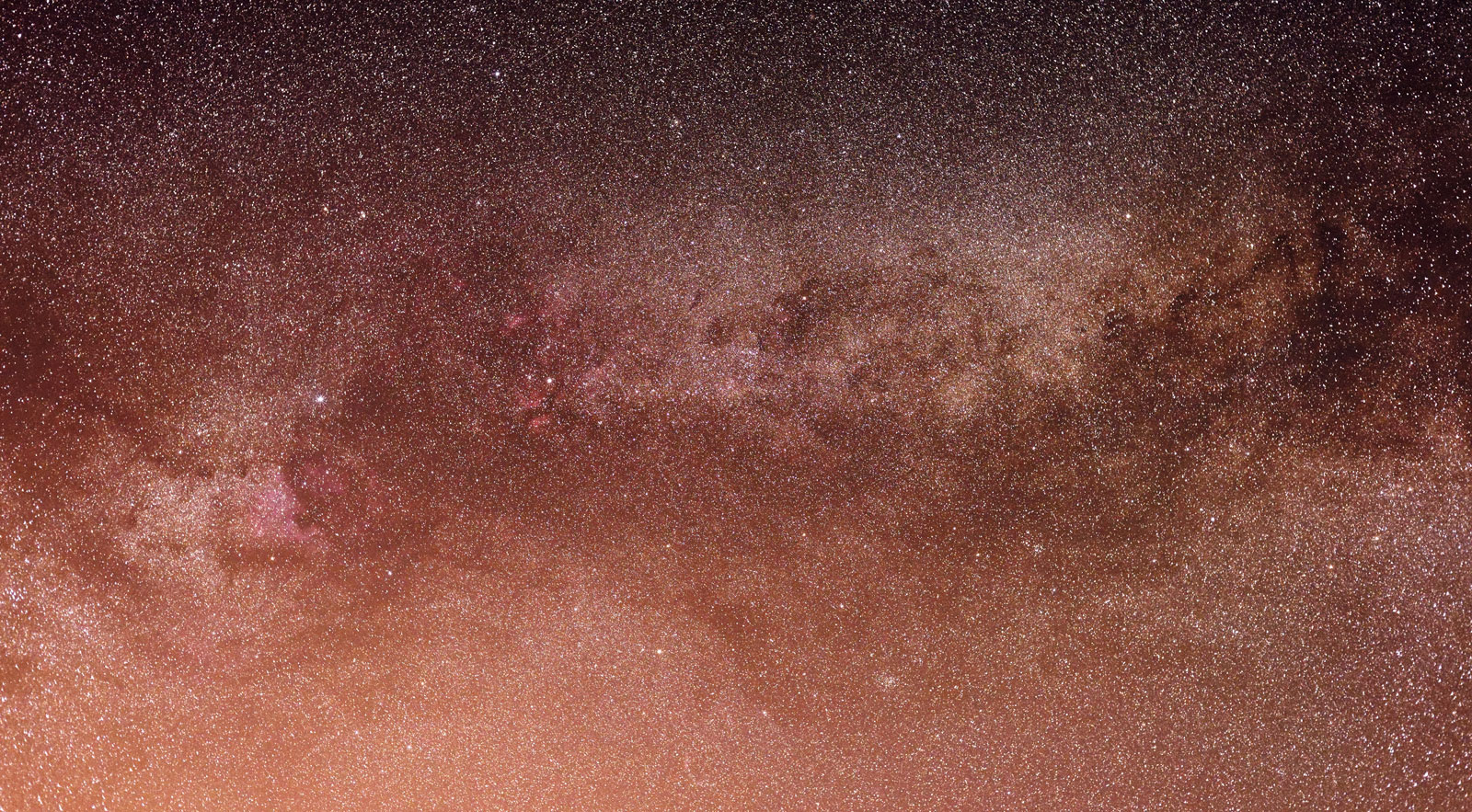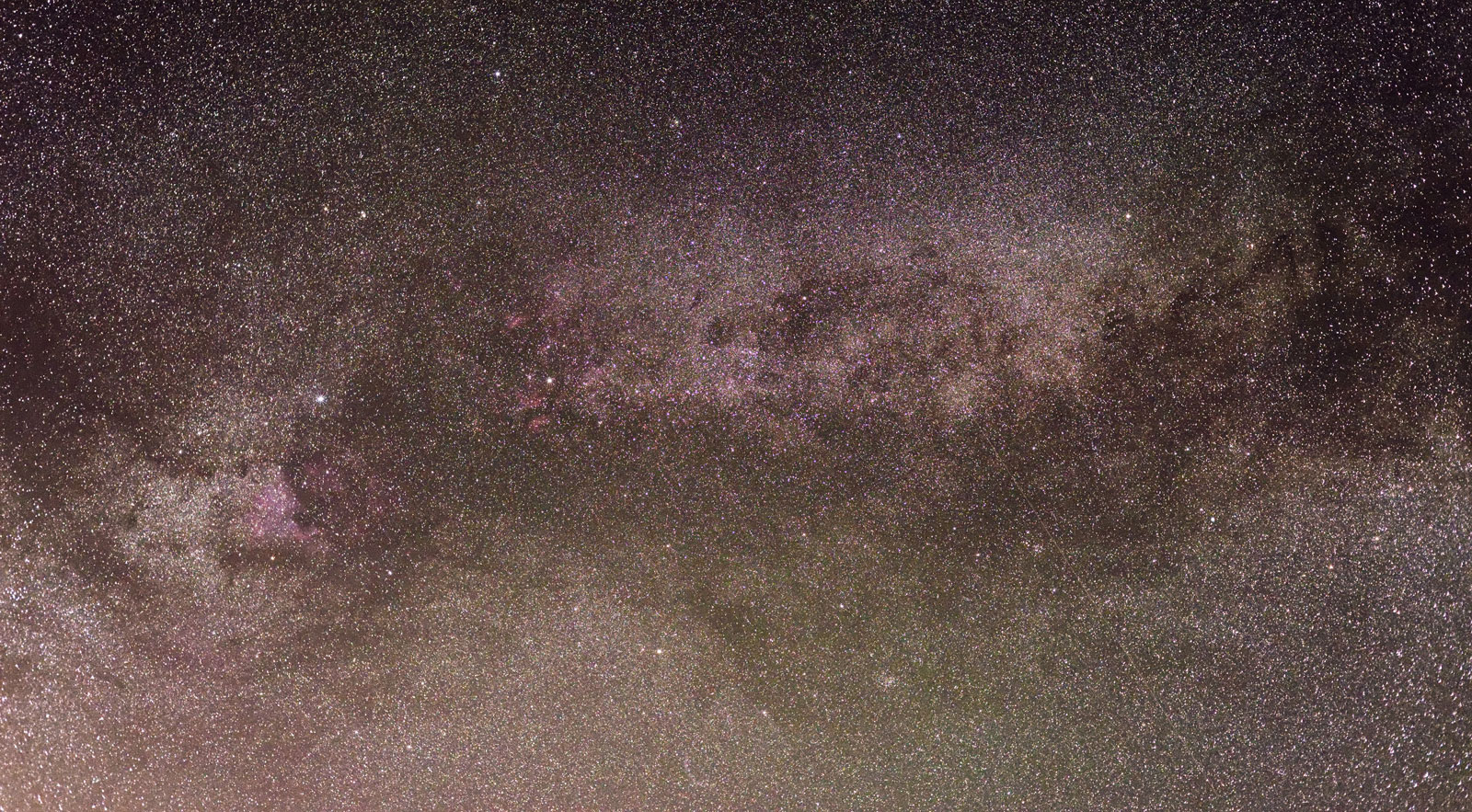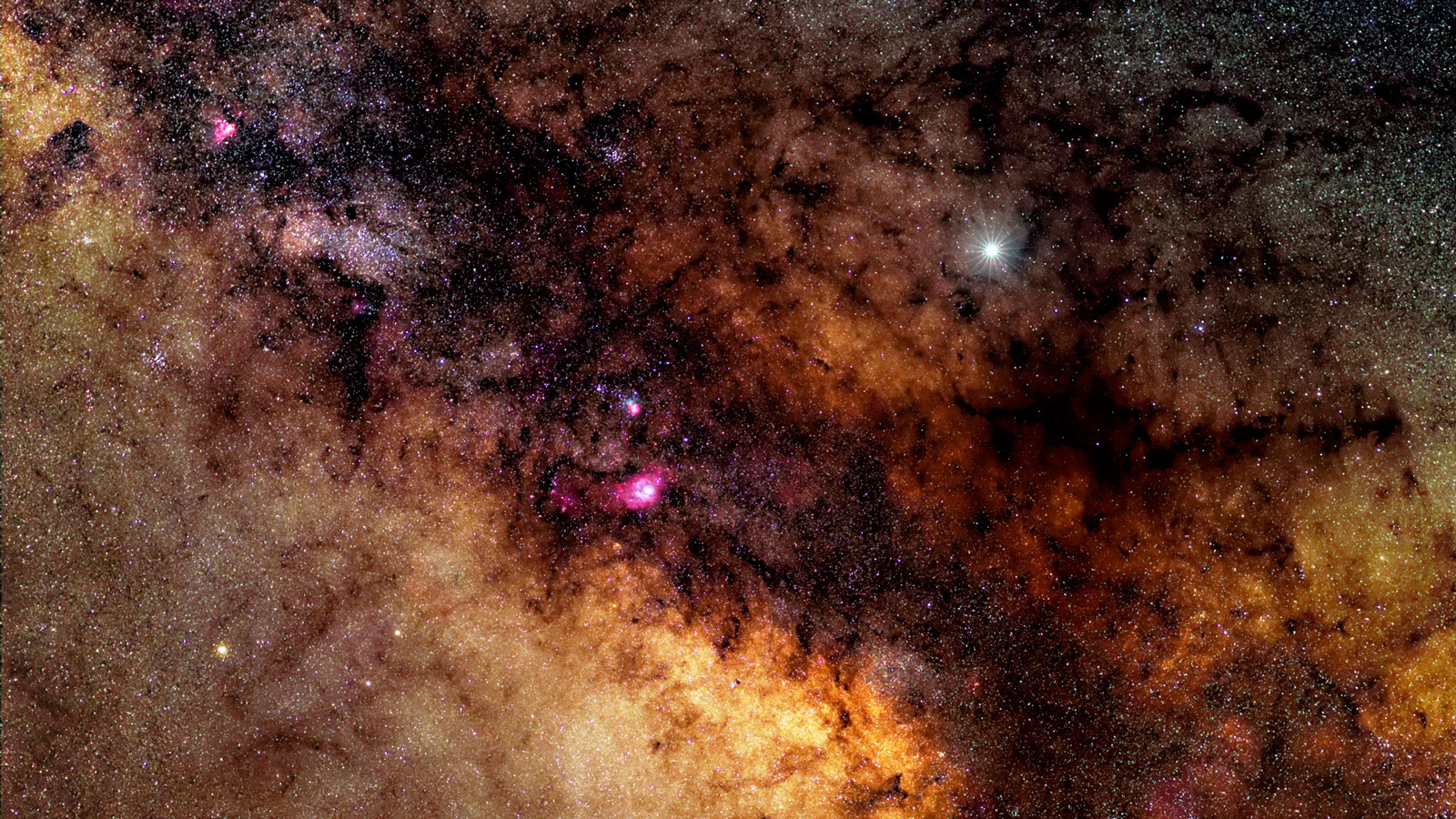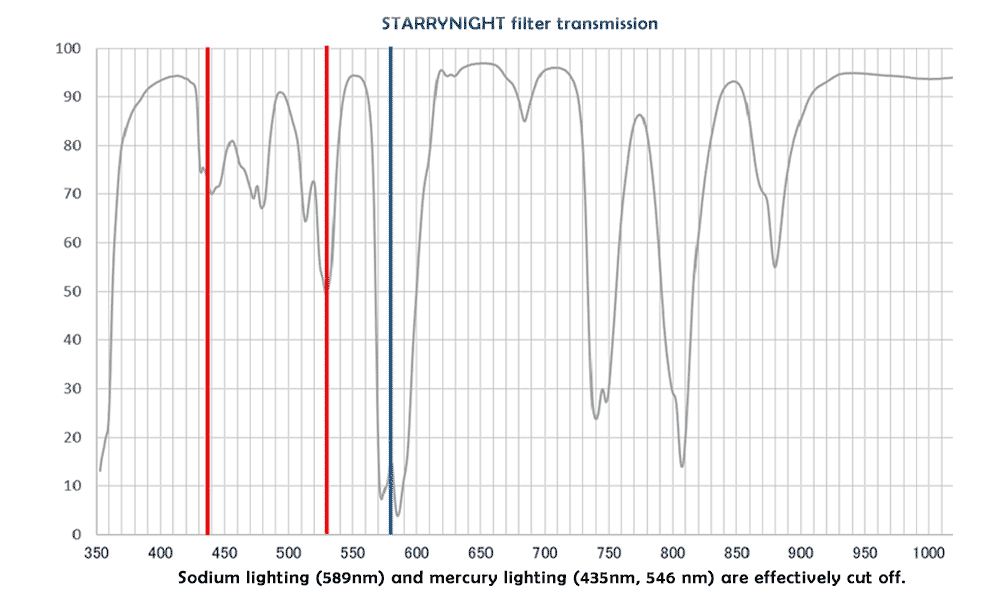Review of Kenko STARRY NIGHT
The advent of digital photography and post processing tools strongly challenged the implementation of some photography filters. But there are many reasons which are carefully considered by professional photographers to keep using filters toward creativity and capturing unique photos. Kenko STARRY NIGHT filter's effect and influence on picture are among those ones which is not possible to reproduce in post processing stage or with any settings or retouching tools.
As transmittance curve of this filter is shown in figure 1, Kenko STARRY NIGHT heavily blocked wave lengths between 560nm to 600nm due to the specific material it is made of: Didymium. By using this filter, the light changes its physical nature before reaching the sensor, so this selective blocking is out of reach for any post processing techniques.
On the other hand, let us look at wavelengths of artificial lights produced by modern civilization to lighten up places and cities at night, but also invading the beauty of night sky.
The distribution of emitted lights by these lamps are different, but there is a specific range of wave lengths which is matching in all graphs; the Yellow-Orange region (570nm-600nm). Didymium, the material used in Kenko STARRY NIGHT filter targets exactly this part.
Respects to the vast utilization of low and high pressure sodium and metal-halide lamps that strongly illuminate the night sky on yellow-orange part of spectrum, the Kenko STARRY NIGHT filter is considered a great tool to eliminate light pollution and to create much more realistic and pleasant nightscape photos. So astrophotographers have a great chance to control light pollution of night sky easily by using Kenko STARRY NIGHT filter. Below images are taken with and without the filter at the same time, location and similarly post processing. The difference in colors and background lights are due to light pollution of a city at 40km away.
 |
 |
In general, the results of manipulation of light through this filter, leads to much more rich red color so it could serve in a wide range of applications.
For instance, I used Kenko STARRY NIGHT filter in the plain of tulips as a red enhancer filter to create much more prominent red color of flowers.
Under artificial lights, the true colors of subjects is ruined due to uneven distribution of light spectra. Blocking the intense yellow-orange part of spectrum emitted by artificial lights could also leads to more balanced indoor night shots in terms of white balance.
In conclusion, photography is the realm of creativity. I discovered that Kenko STARRY NIGHT filter is a dedicate tool in light manipulation, which is out of reach for computer post processing tools, and that the image of various subjects under different lightings could be further enhanced by using this filter. For instance, in portraits and even family pictures taken indoors under artificial lights, much better warm and natural skin tones and lively colors could be created by using Kenko STARRY NIGHT filter!
As a passionate astrophotographer, Kenko STARRY NIGHT filter surprising me a lot through creation of realistic nightscape and deep sky photos. For the final words, let me share with you the results on native photo language:







